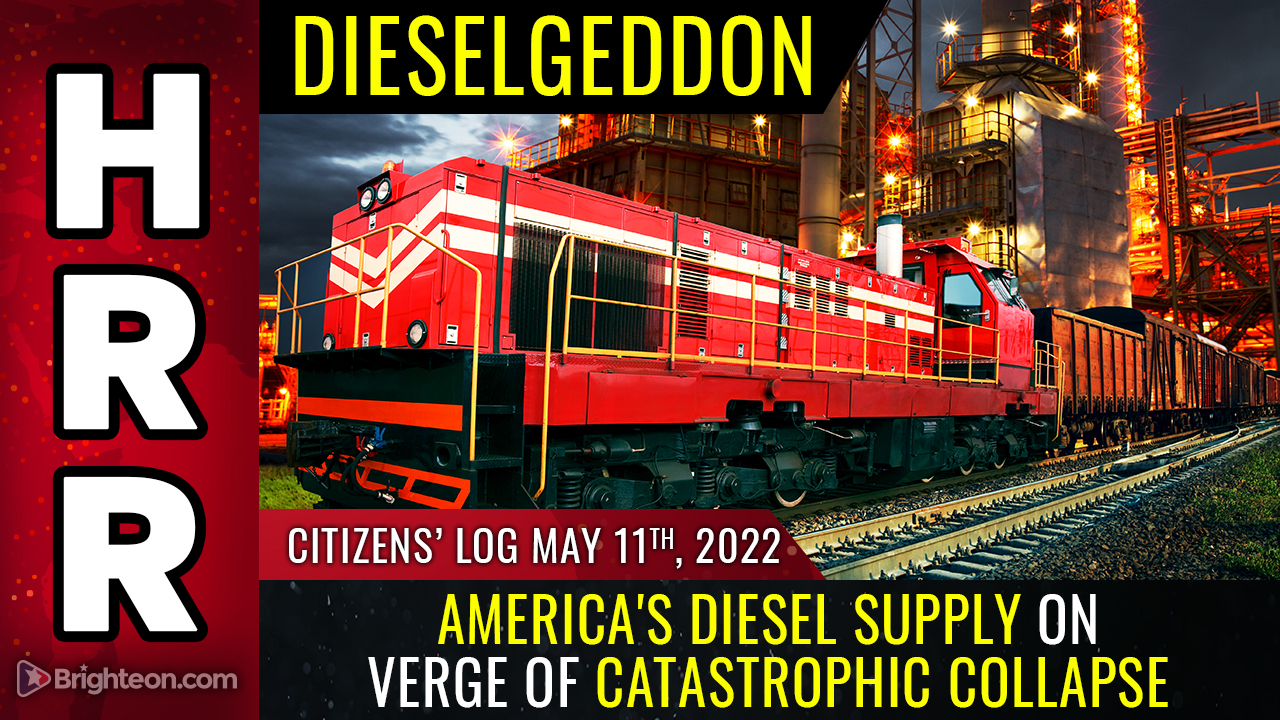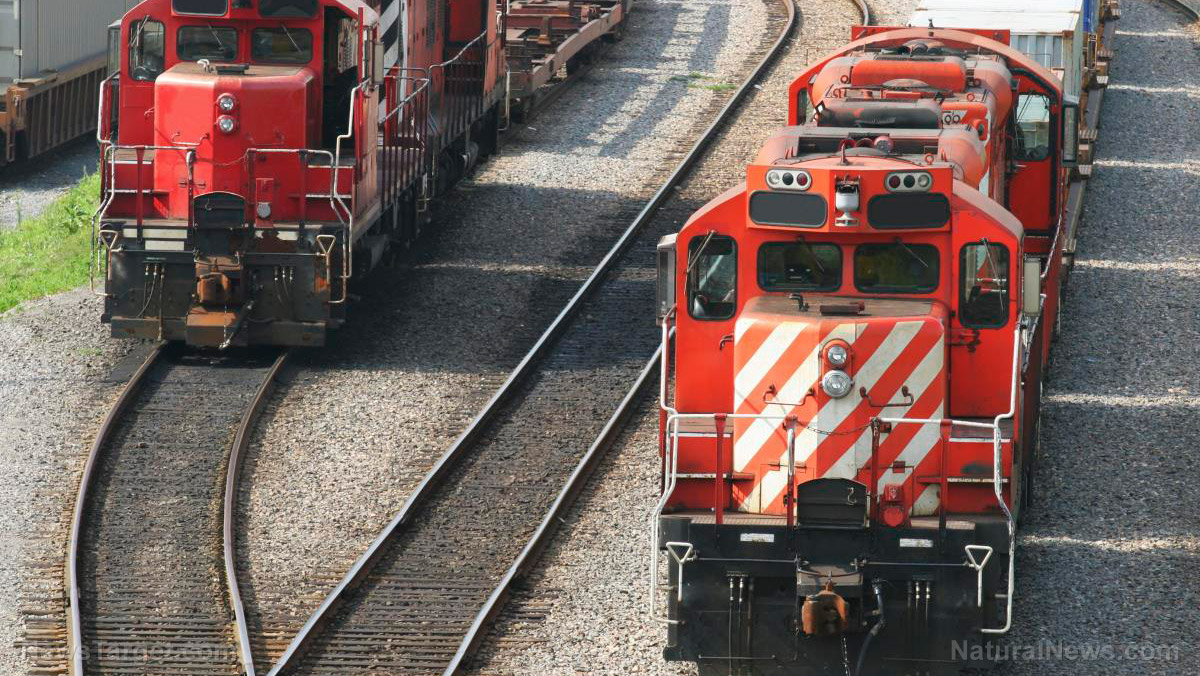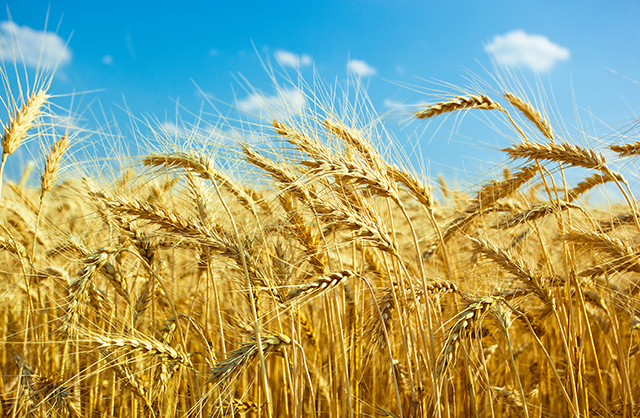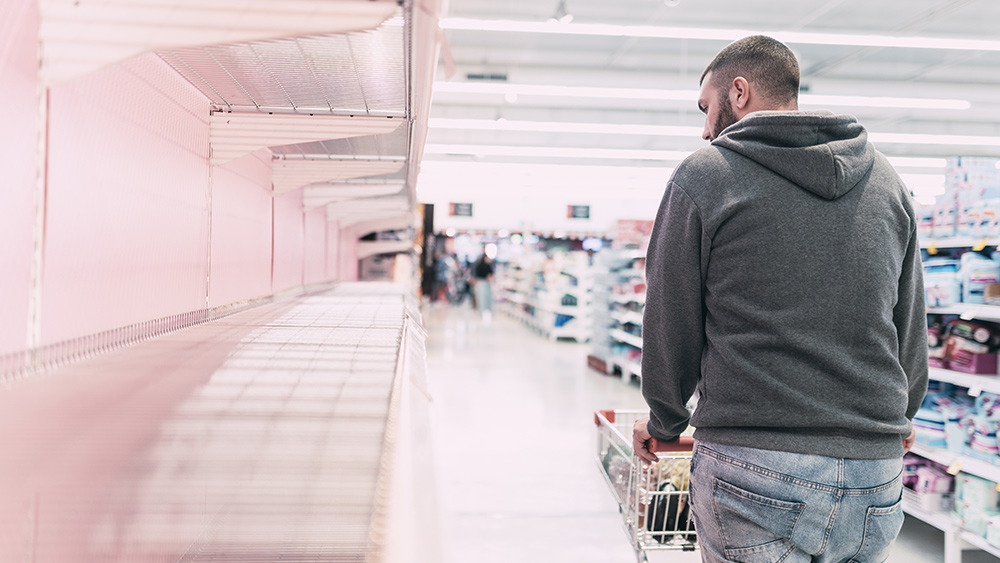The food supply is collapsing, and chemical companies are partly to blame
03/29/2022 / By Ethan Huff
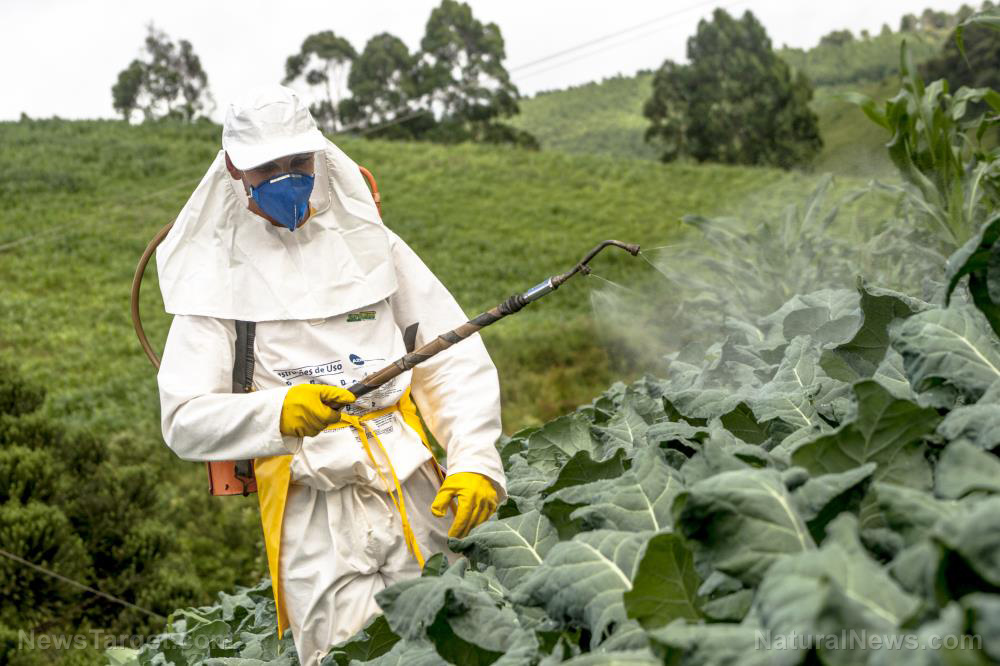
Over the past several months, the global agriculture markets have gone haywire. Food prices are skyrocketing along with energy and fertilizer prices, and there are also supply chain issues and shortages: a perfect storm that would not have been possible without the chemical industry.
Industrial agriculture may have been a boon when fossil fuels were generated domestically and widely accepted regardless of one’s political persuasions. But things have changed drastically with the “green” movement, which is phasing out the things that are needed to feed the world.
It used to be that the food was cheap and plentiful because the system ran smoothly. Thanks to war, Wall Street corruption, political extremism, and other factors, however, nothing is running smoothly anymore.
Food is becoming dramatically more expensive at the very same time that supplies are seeing increased volatility due to the plandemic and now Russia’s invasion of Ukraine. Our just-in-time system of food production and delivery is breaking down at a rapid pace.
“In a financial crash, the correlation between all asset classes converges to one,” reports the Doomberg Substack.
“The coming crash in global food supply will be driven by a similar phenomenon across virtually every input into farming – they are all spiking to historic highs simultaneously, supply availability is diminishing across the spectrum, and the time to reverse the worst of the upcoming consequences is rapidly running short.
Without fossil fuels, there is no more mass-produced food
The price of fertilizer, for instance, which is generally produced from fossil fuels, is soaring to record highs. To make matters worse, Russia, one of the world’s largest producers of fertilizer, has halted exports.
“Key sources of nitrogen, potassium, and phosphorous – important inputs into soil fertility, crop yield, and plant maintenance – have all gone vertical,” Doomberg explains. “Ammonia is derived directly from natural gas, and the price of natural gas outside of the U.S. has gone vertical.”
“It’s no surprise that the price of ammonia has tripled over the past twelve months. Belarus is the third-largest supplier of potash in the world and its state-owned miner, Belaruskali, declared force majeure after sanctions were imposed by the US and Europe. The number two supplier of potash globally? Russia.”
Last fall before the Russian invasion of Ukraine, China also mysteriously halted all phosphate exports in an effort to ensure adequate domestic supply. Was China aware of what was soon to happen?
Then there is the weed control element of industrial farming, which also relies on fossil fuels. Glyphosate (Roundup), for instance, is an “elegantly modified fertilizer,” Doomberg reveals, containing both phosphorus and nitrogen.
“It is derived from similar starting materials – including ammonia – and, as such, its price has soared amid chronic supply shortages,” he explains. “This has caused the price of other herbicides to rise as farmers desperately seek substitutes.”
Its toxicity aside, glyphosate is something that tens of millions of U.S. acres of crop land require, in their current planting format, in order to produce yields. Not having enough of it could, and likely will, spell disaster for the conventional American food supply.
If American farmers end up having to skimp on its use this season just to get by, weeds will only become that much more problematic in the next growing season and beyond.
Had our country never converted to chemical agriculture in the first place, just to be clear, none of this would be as big of a problem as it currently is. Many American families would still be growing food at home the natural way, as would the country’s farms.
Now, it is a waiting game to see when the next domino falls because it is most definitely coming. Pulling the plug on fossil fuels, which is what the “green” movement always aimed to do, also means pulling the plug on the food supply.
Yes, things are about to get really ugly.
If you enjoyed reading this story, you will find more like it at Collapse.news.
Sources for this article include:
Submit a correction >>
Tagged Under:
agriculture, chaos, chemicals, Collapse, crops, famine, farming, fertilizer, food collapse, food prices, food shortage, food supply, grocery, harvest, industrial farming, Inflation, panic, products, starvation, supply chain, World War III
This article may contain statements that reflect the opinion of the author
RECENT NEWS & ARTICLES
COPYRIGHT © 2017 FOOD SUPPLY NEWS

